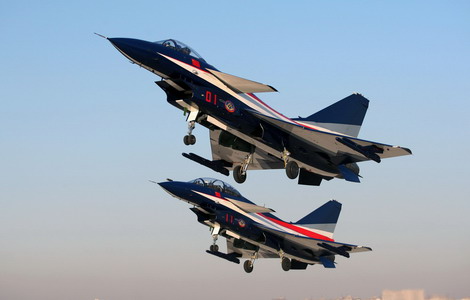Manned mission to test docking of spacecraft
Updated: 2012-02-18 08:02
By Xin Dingding (China Daily)
|
|||||||||
BEIJING - China plans to send three astronauts into space sometime between June and August this year to further test technology to be used in rendezvous and docking missions, a spokesman for China's manned space program said on Friday.
The three astronauts, whose sexes were not specified, will board the spacecraft Shenzhou IX to rendezvous and dock with Tiangong-1, an orbiting space lab, the spokesman said.
The mission will differ chiefly in one way from the automatic dockings that occurred between the unmanned spacecraft Shenzhou XIII and Tiangong-1 in November. This time, astronauts will attempt a manual docking.
"The new space docking mission is ... another chance for China to test its docking technology," the spokesman said.
Once the docking is complete, astronauts are to enter Tiangong-1, live there for an unspecified period of time and conduct scientific experiments, the spokesman said.
Tiangong-1, whose name means Heavenly Palace in Chinese, is now ready to accommodate the astronauts. The Shenzhou IX spacecraft and its carrier rocket, the Long-March II-F, have been assembled and are undergoing final checks, the spokesman said.
Rendezvous and docking technologies will be needed in the construction of a space station, one of which China plans to assemble by 2020. Last year, the country carried out its first unmanned space rendezvous and docking mission when Shenzhou VIII docked with Tiangong-1 in space.
China plans to launch two more spacecraft - Shenzhou IX and Shenzhou X - this year to further test the technologies. Previously, officials had only been certain that the Shenzhou X spacecraft would carry astronauts on board, the first Chinese female astronaut likely being among them.
As for Shenzhou IX, it remained unclear whether it was to be manned. Officials said a decision in that matter would hinge on an evaluation of the November mission.
The spokesman said on Friday the rendezvous between Tiangong-1 and the unmanned Shenzhou VIII spacecraft produced favorable results.
Chinese astronauts have been training to take part in manual docking mission since 2011. Tian Liping, an astronaut training official, said last year that the first batch of astronauts, including some who have already gone on space missions, are preparing to take part in a manual docking. To that end, each of them is expected to use a simulator at least 1,000 times to practice what they will do on the mission.
The simulation requires trainees to use two handles to adjust the position of a virtual spacecraft so that it docks with Tiangong-1. They also are learning how to deal with different emergencies.
Two female astronauts recruited in 2010 also underwent basic training for space missions. The Shenzhou IX mission is expected to be China's fourth manned space mission since 2003, when the astronaut Yang Liwei orbited Earth aboard the Shenzhou V spacecraft, becoming the first Chinese man in space.
Related Stories
China fired-up about manned space station 2011-03-04 08:31
China to establish manned space station around 2020 2011-11-03 13:40
- China condemns all acts of violence in Syria
- Proview says it will sue Apple
- Eye laser surgery safe, say doctors
- German leader resigns over scandals
- TCM expert defends bile harvesting
- FDI drops over EU debt crisis
- China-US economic ties 'the biggest highlight'
- UN General Assembly backs AL's Syria plan
Hot Topics
Wu Ying, iPad, Jeremy Lin, Valentine's Day, Real Name, Whitney Houston, Syria,Iranian issue, Sanyan tourism, Giving birth in Hong Kong, Cadmium spill, housing policy
Editor's Picks
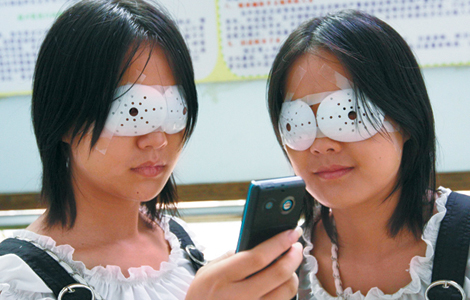
|
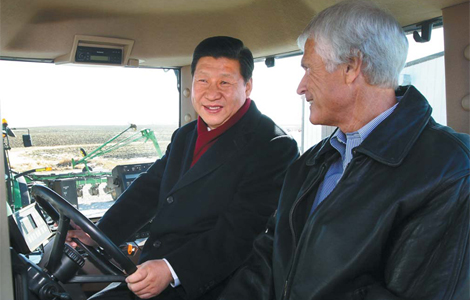
|

|
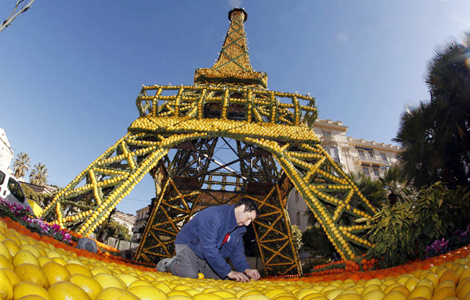
|
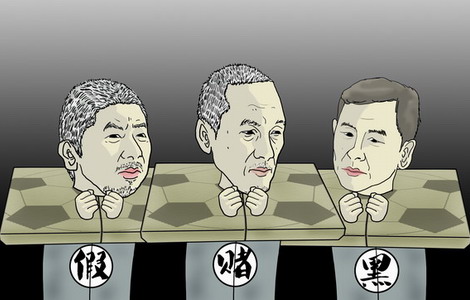
|

|


